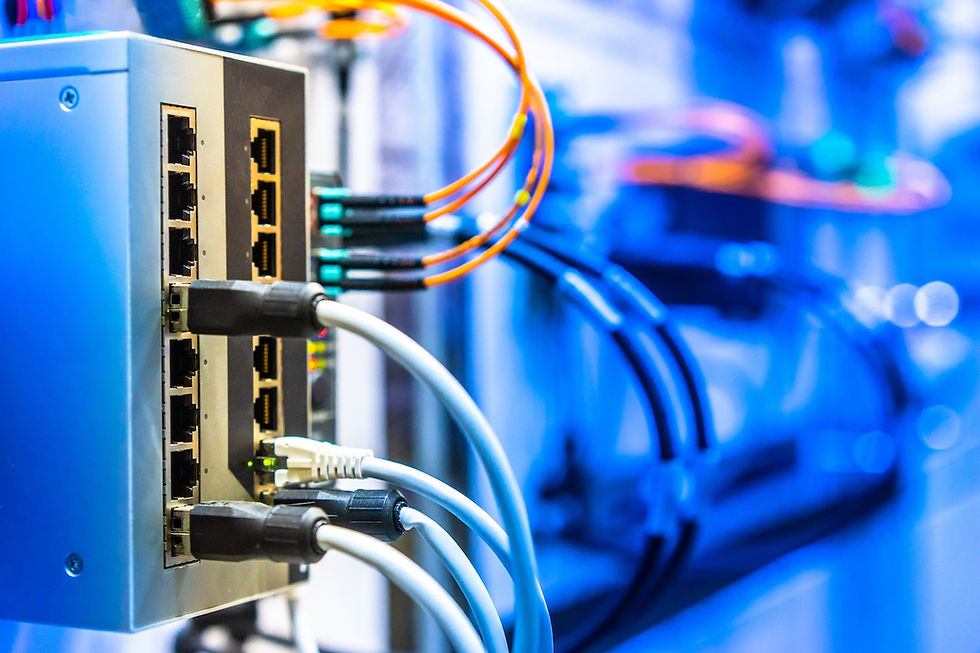Telecommunications Revolutionizing Healthcare: Connecting Patients and Providers
- ClarkTel
- Sep 14, 2023
- 2 min read
In today's rapidly evolving healthcare landscape, the convergence of telecommunications technology and the healthcare industry is reshaping the way patients access care and providers deliver it. Telecommunications, particularly telemedicine, is no longer just a convenience; it has become a vital tool for improving access, efficiency, and patient outcomes in healthcare.

Breaking Down Barriers to Access
Access to healthcare has long been a concern, especially in rural or underserved areas. Telecommunications is breaking down these barriers by enabling patients to connect with healthcare providers regardless of geographic location. Through video consultations, remote monitoring, and mobile health apps, patients can access medical expertise and guidance without the need for extensive travel.
Improving Efficiency in Healthcare Delivery
Telecommunications is streamlining healthcare delivery processes. Doctors and nurses can now collaborate remotely, making it easier to consult specialists and share critical patient information. This collaborative approach enhances decision-making and ensures that patients receive the most appropriate care.
Telehealth and Pandemic Response
The COVID-19 pandemic accelerated the adoption of telehealth. With social distancing measures in place, healthcare providers turned to telecommunications to provide essential care while minimizing the risk of infection. Telehealth played a crucial role in monitoring and caring for COVID-19 patients, as well as in maintaining continuity of care for other health conditions.
Enhanced Patient Engagement
Telecommunications tools are empowering patients to take control of their health. Mobile apps, wearable devices, and patient portals enable individuals to monitor their health metrics, schedule appointments, and communicate with their healthcare providers. This increased engagement often leads to better adherence to treatment plans and improved overall health.
Security and Compliance
In the healthcare industry, patient data security is paramount. Telecommunications providers have responded by implementing robust security measures and ensuring compliance with regulations such as the Health Insurance Portability and Accountability Act (HIPAA). This ensures that patient data remains confidential and protected during telehealth interactions.
Challenges and Future Directions
While the integration of telecommunications in healthcare offers many benefits, challenges remain. These include concerns about data privacy, equitable access to technology, and ensuring that healthcare providers are adequately trained to use telehealth tools effectively.
The future of telecommunications in healthcare looks promising. As 5G technology continues to roll out, it will support faster and more reliable connections, enabling even more sophisticated telehealth applications. Additionally, artificial intelligence (AI) and data analytics will play a significant role in enhancing diagnostics, treatment planning, and patient care.
In conclusion, the marriage of telecommunications and healthcare is revolutionizing the industry. It's expanding access to care, improving efficiency, and placing patients at the center of their healthcare journey. While challenges persist, the ongoing development and integration of new technologies promise a healthcare system that is more accessible, efficient, and patient-focused than ever before.









